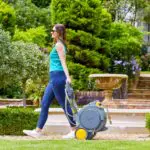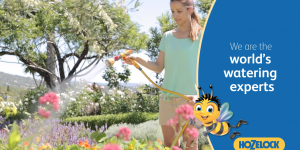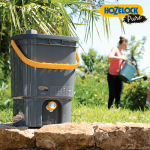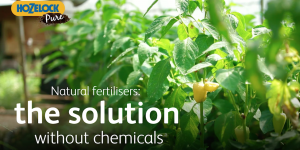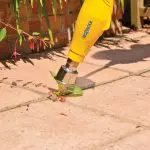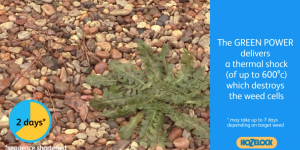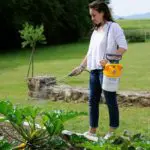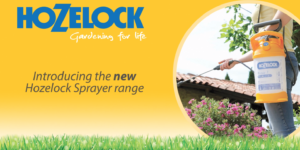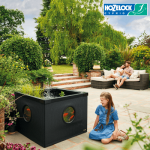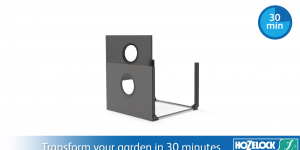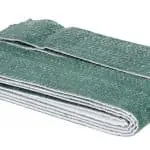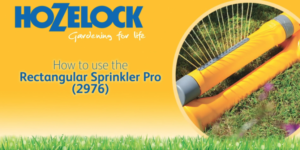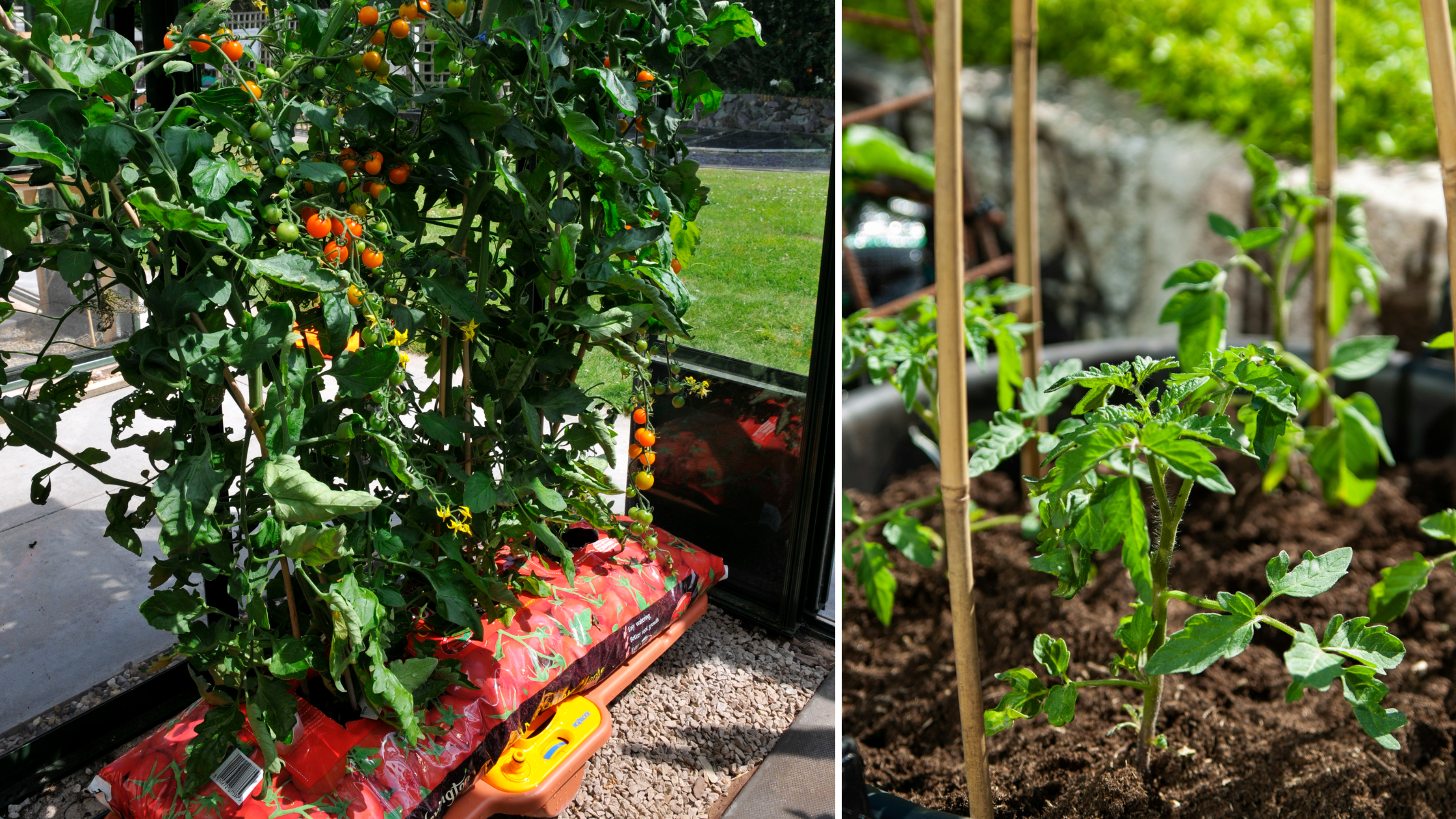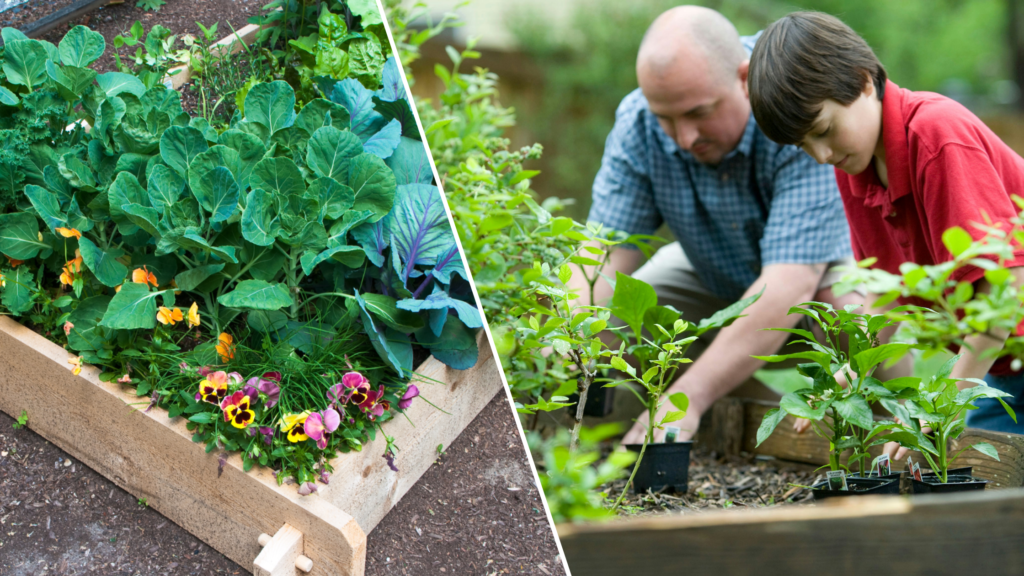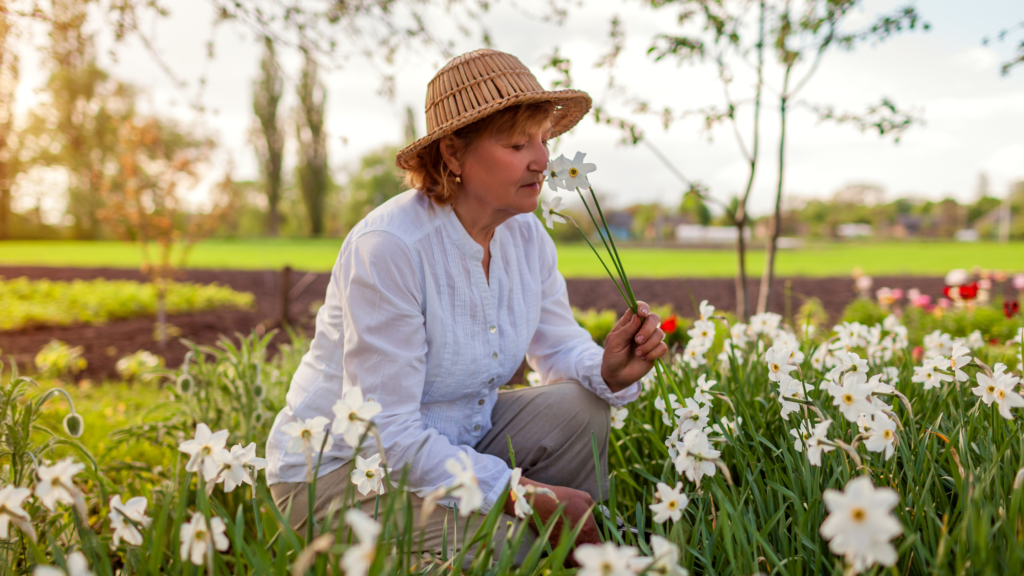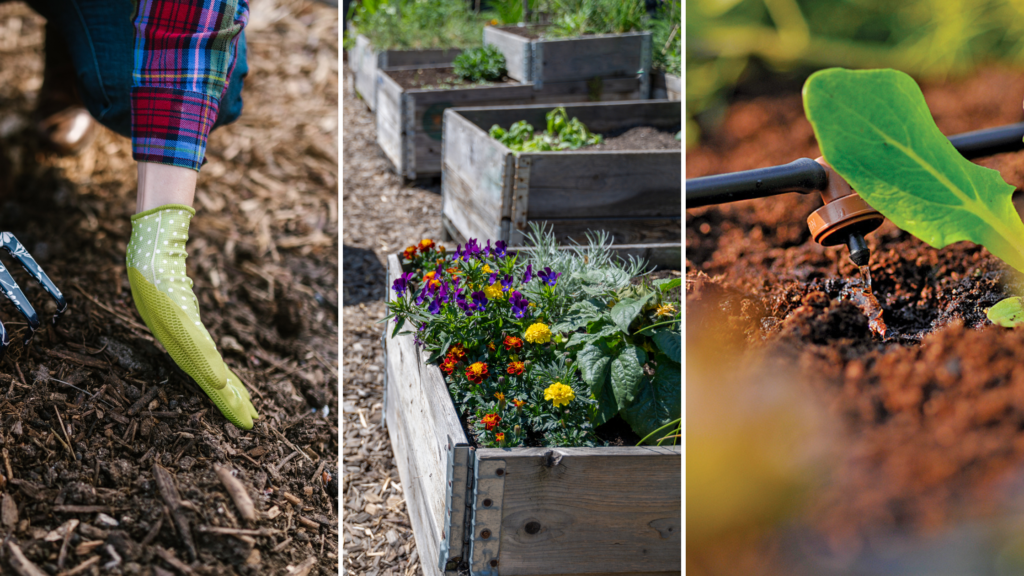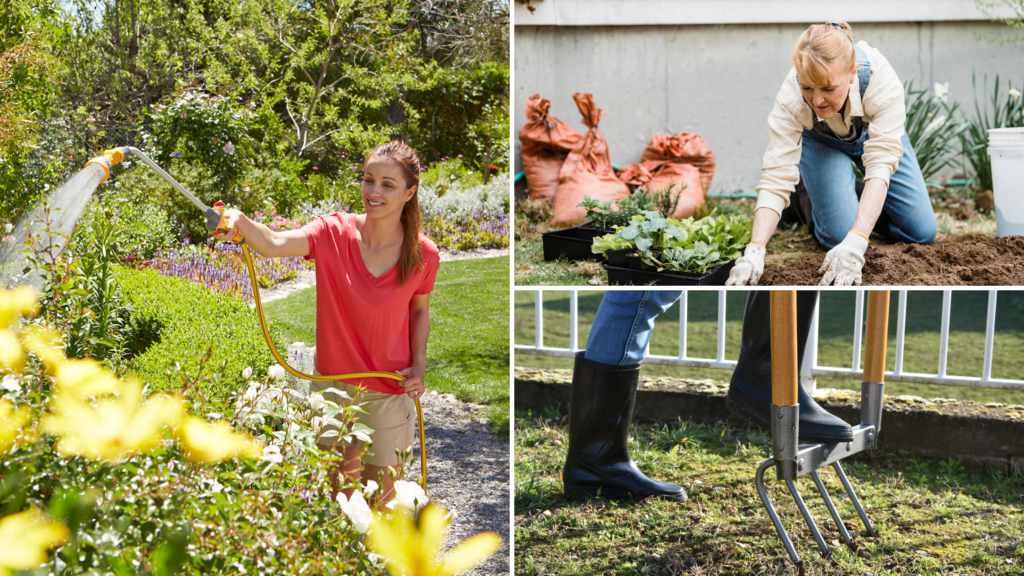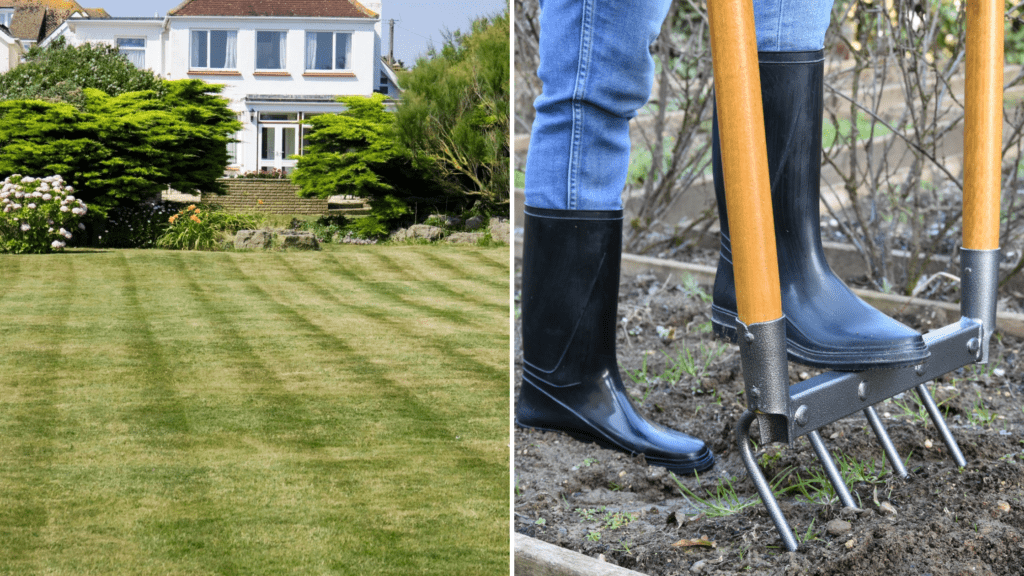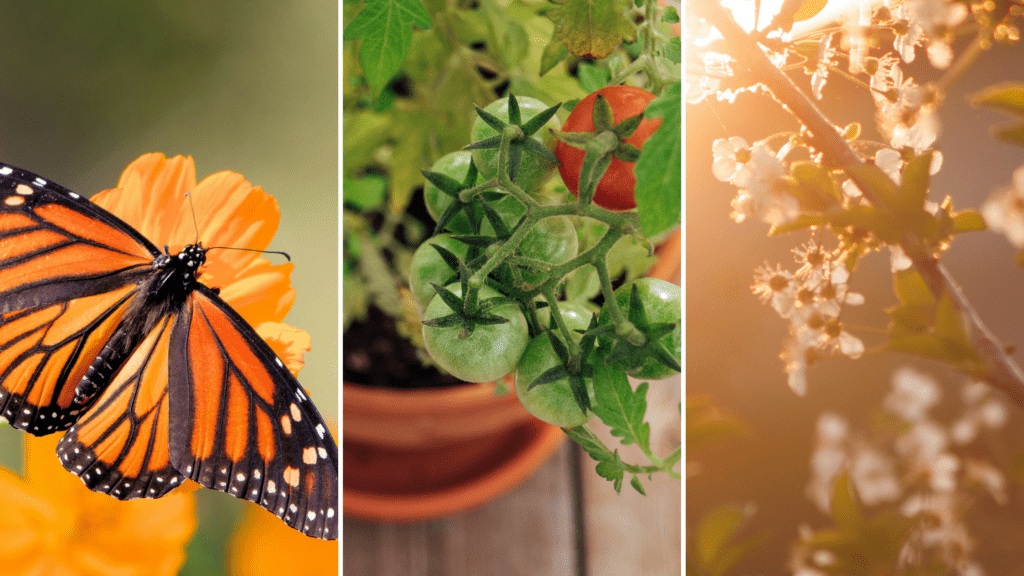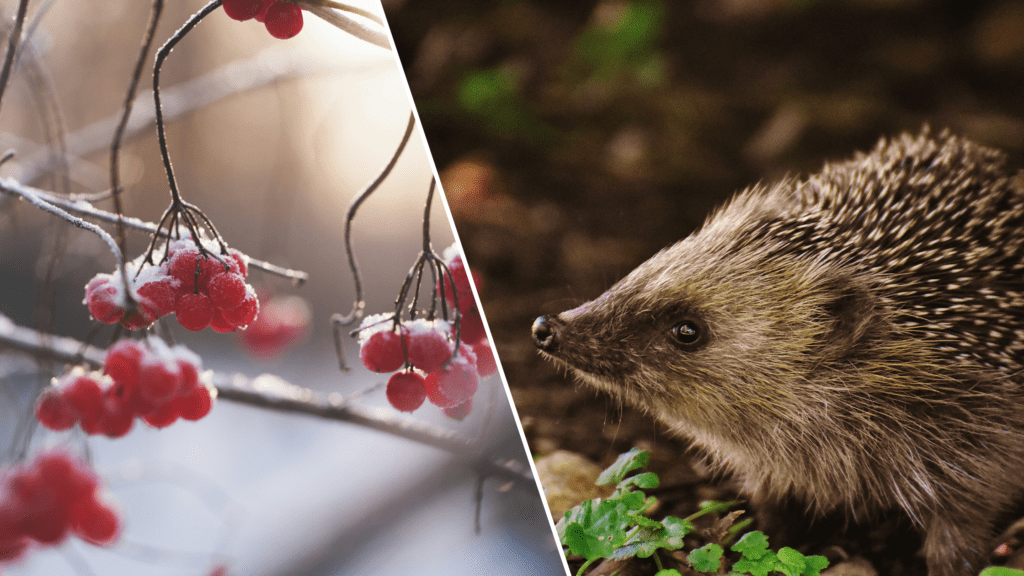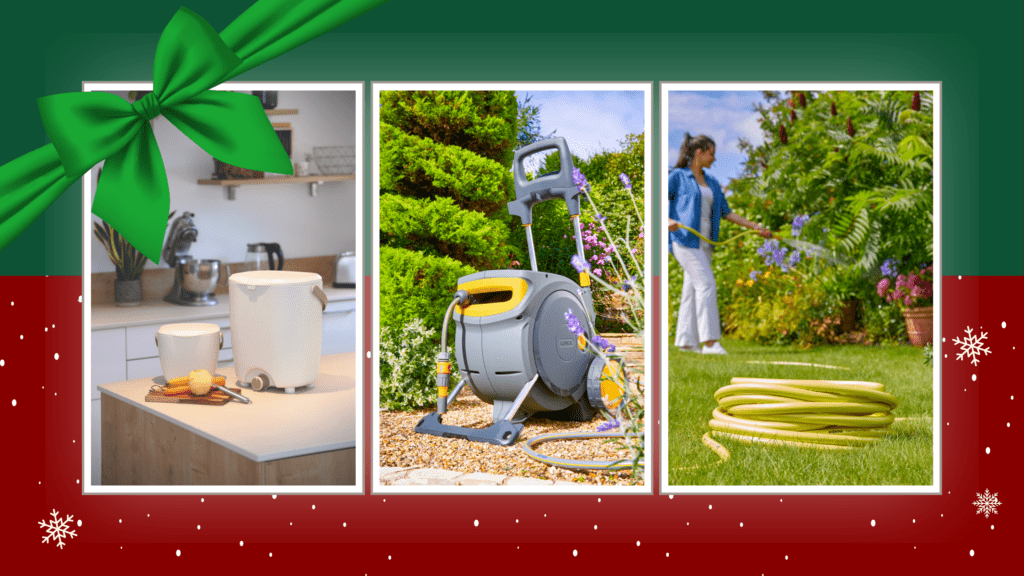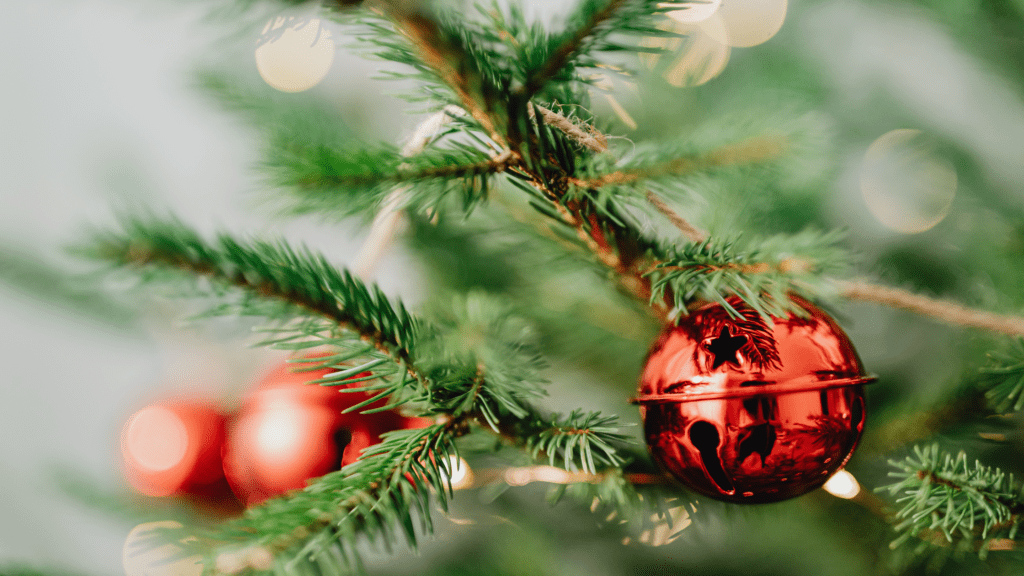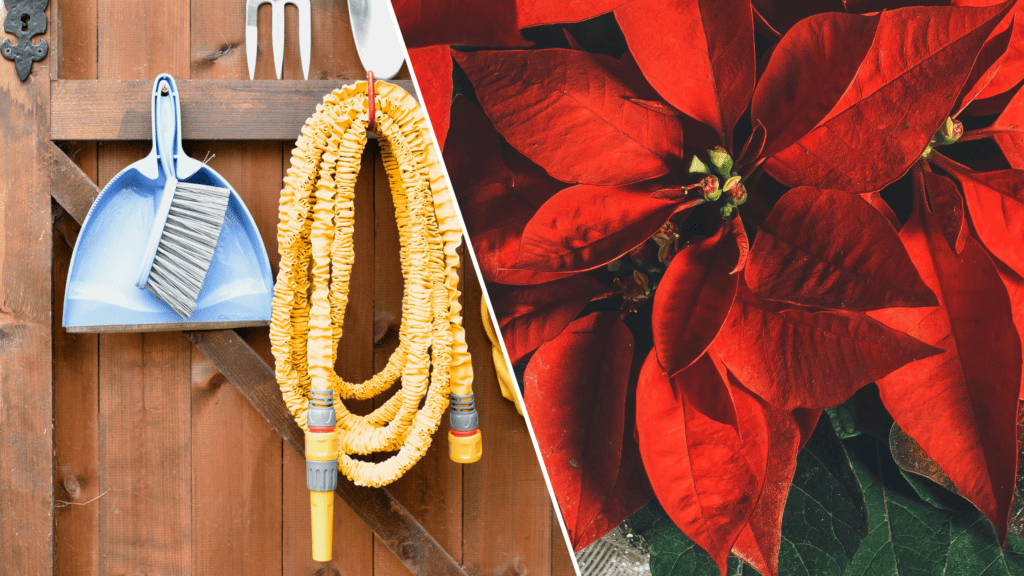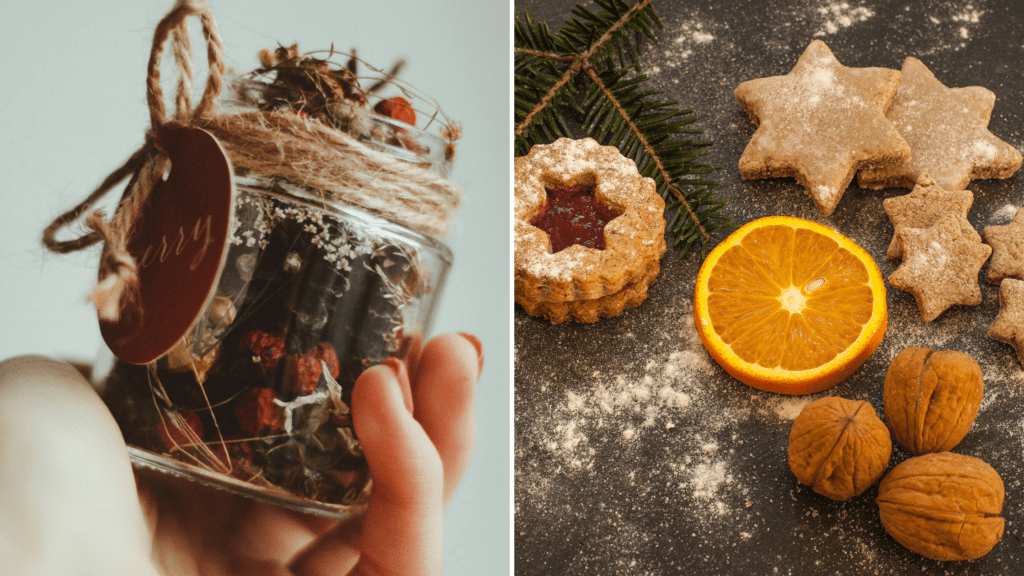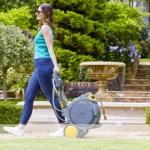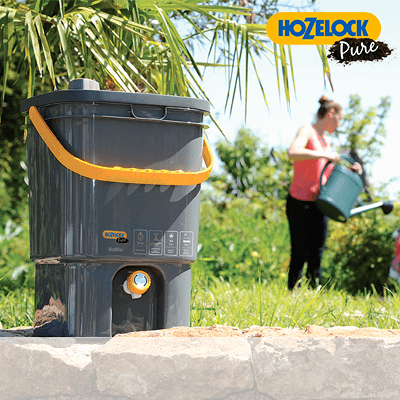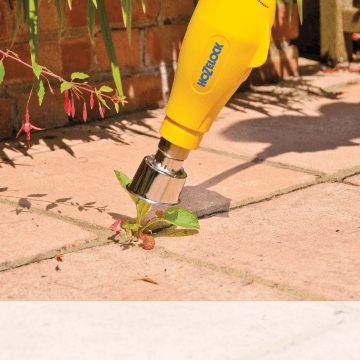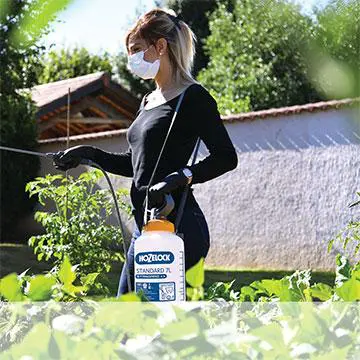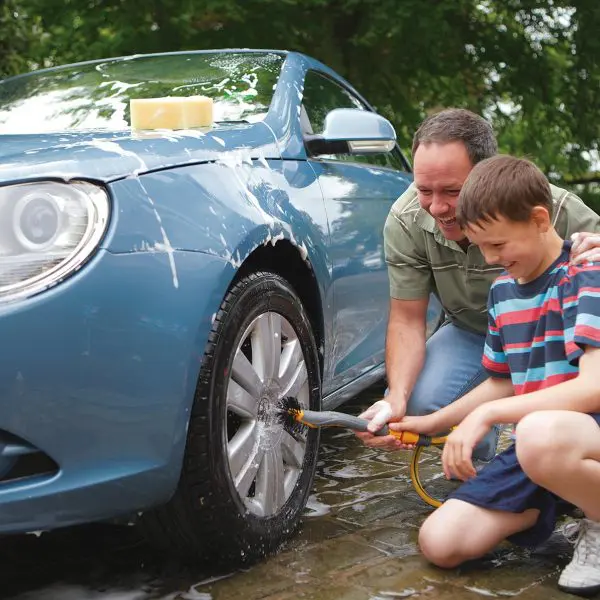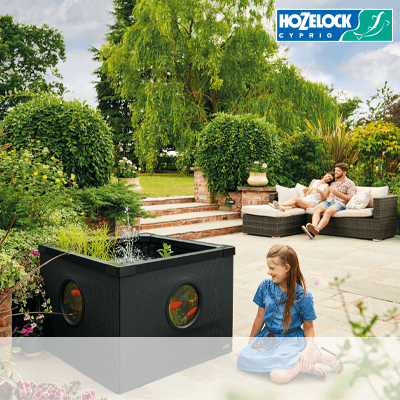For many people, gardening has been a beloved activity for generations and remains a well-loved hobby, offering the joy of watching something grow from a tiny seed into a flourishing plant.
However, not everyone has the space for an expansive garden.
Introducing Container Gardening
A versatile, space-saving solution that brings the magic of growing your own vegetables right to your doorstep, balcony, or even a sunny windowsill.
Whether you’re a city dweller with limited outdoor space or simply want to experiment with gardening, container gardening is an ideal way to cultivate your green thumb.
Why Choose Container Gardening?
Container gardening is perfect for those who may not have a traditional garden plot. It allows you to grow a variety of vegetables in small spaces, making it accessible to nearly everyone.
The benefits are plentiful:
Space Efficiency: If you’re short on space, containers allow you to make the most of what you have. Even a small balcony or patio can become a productive vegetable garden.
Control Over Soil and Water: With container gardening, you have complete control over the soil quality and watering schedule, which can lead to healthier plants and better yields.
Portability: Containers can be moved to catch the best sunlight, protect plants from harsh weather, or simply to refresh your outdoor space.
Pest and Disease Management: Growing vegetables in containers can reduce the risk of pests and diseases that are common in traditional gardens, as you can more easily monitor and control the growing environment.
Getting Started
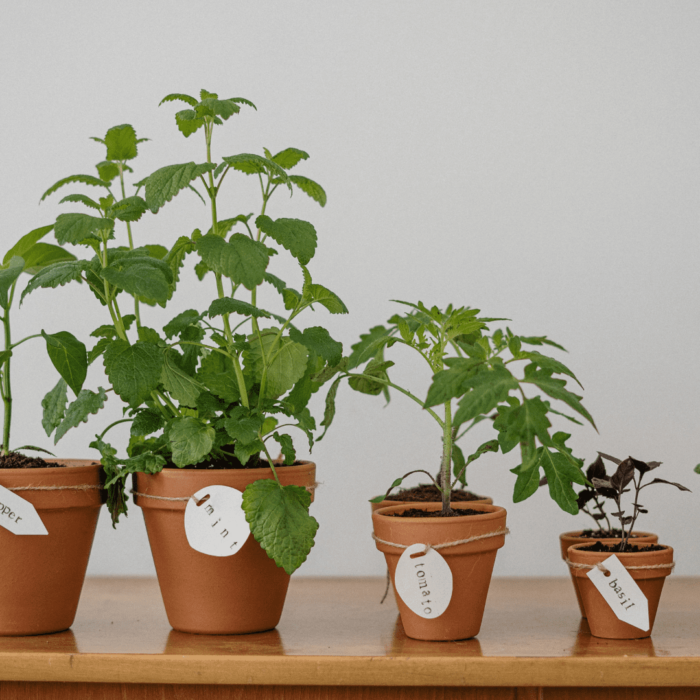
Choosing the Right Containers
Not all containers are created equal. When selecting containers, consider the following:
Size: The size of the container will depend on the type of vegetable you’re planting. Larger vegetables like tomatoes and cucumbers need more space for their roots, so opt for containers that are at least 18 inches in diameter and depth. For herbs and smaller plants, 6 to 8-inch pots will suffice.
Material: Containers come in a variety of materials, including plastic, clay, and fabric. Plastic containers are lightweight and retain moisture well but may not be as aesthetically pleasing as clay or ceramic pots. Fabric pots, like grow bags, are excellent for drainage and root health.
Drainage: Ensure your containers have drainage holes to prevent waterlogging, which can lead to root rot. If your container doesn’t have drainage, consider adding a layer of gravel at the bottom or drilling holes yourself.
Choosing the Right Soil
The soil is the foundation of your container garden, so it’s important to choose a high-quality potting mix.
Garden soil is too heavy and can compact in containers, so opt for a well-draining potting mix designed for containers.
You can also mix in compost or organic matter to provide extra nutrients.
Remember, the soil in containers can dry out more quickly, so regular watering is essential.
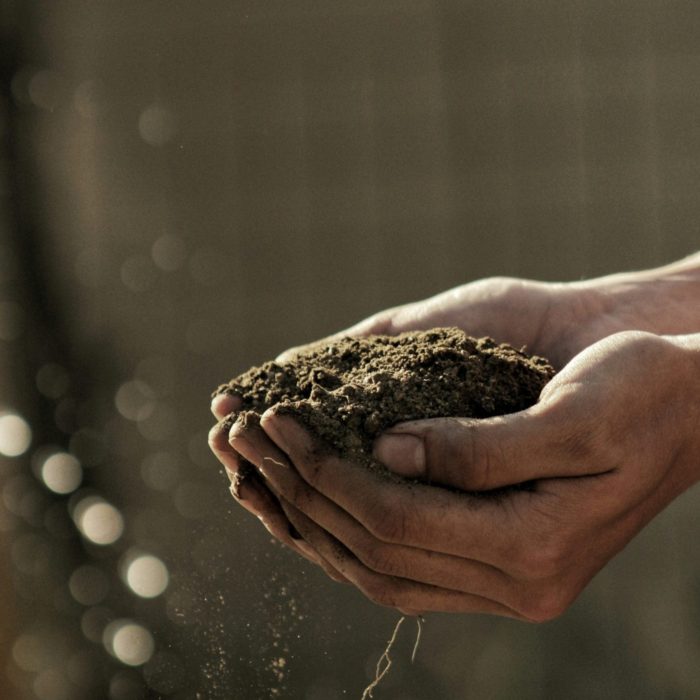
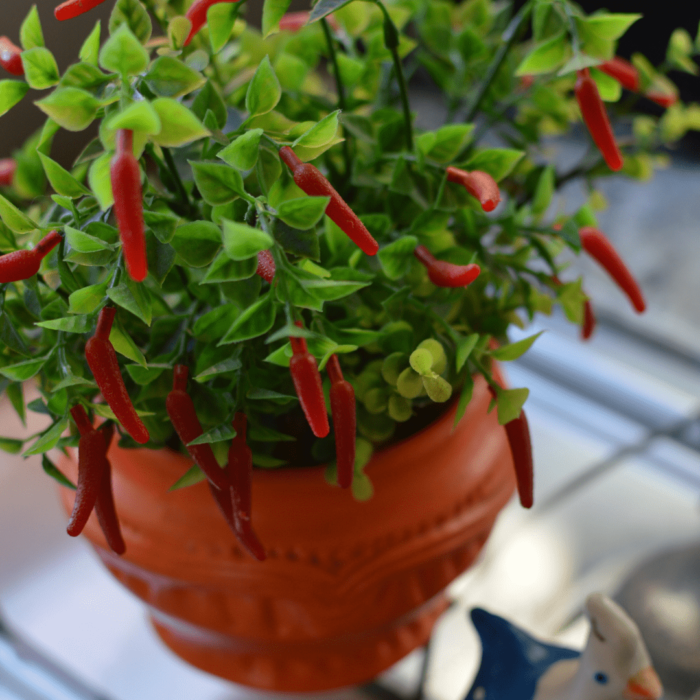
Choosing the Right Vegetables
Almost any vegetable can be grown in a container, but some are particularly well-suited to this method:
Tomatoes: A container garden favourite, tomatoes thrive in pots. Choose a variety like cherry or patio tomatoes, which are bred for smaller spaces. Ensure they get plenty of sunlight—at least six hours a day.
Lettuce and Spinach: These leafy greens are easy to grow in shallow containers. They have shallow roots, so they don’t require deep pots, and you can harvest them continually by cutting the leaves as they grow.
Peppers: Both hot and sweet peppers do well in containers. They need warmth and lots of light, making them perfect for a sunny balcony or patio.
Radishes: These fast-growing vegetables are ideal for beginners. Radishes can be grown in smaller pots and are ready to harvest in just a few weeks.
Herbs: Basil, parsley, thyme, and chives are just a few herbs that thrive in containers. They’re perfect for windowsills or small spaces and add fresh flavour to your dishes.
Caring for Your Container Garden
Container gardening does require some attention to detail, but the results are well worth the effort:
Watering: Containers dry out faster than garden beds, so keep an eye on the moisture level. Water your plants regularly, ideally in the morning, and ensure they never dry out completely.
Fertilising: Vegetables in containers need regular feeding because nutrients in the soil deplete quickly. Use a balanced, water-soluble fertiliser every few weeks to keep your plants healthy and productive.
Sunlight: Most vegetables need at least six to eight hours of sunlight a day. If you’re growing indoors or in a shady spot, consider using grow lights to supplement natural light.
Pruning and Harvesting: Regularly prune your plants to encourage growth and remove any dead or yellowing leaves. Harvest your vegetables as soon as they’re ripe to encourage continued production.
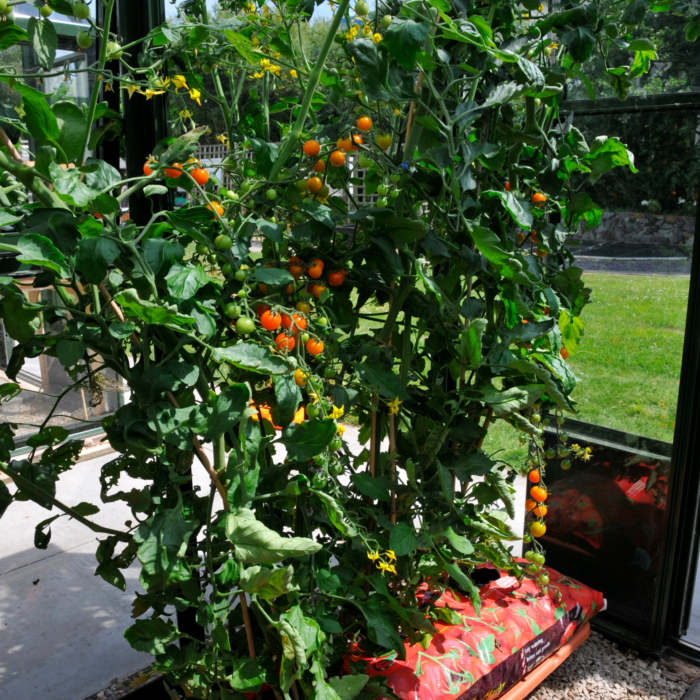
Troubleshooting Common Problems
Even the most diligent gardeners encounter problems. Here are some common issues and how to solve them:
Yellowing Leaves: This could indicate overwatering or a lack of nutrients. Check your watering schedule and consider fertilising your plants.
Wilting: Wilting can be caused by under-watering, root-bound plants, or even too much heat. Ensure your plants are getting enough water and consider moving them to a cooler spot during the hottest part of the day.
Pests: Container gardens are less susceptible to pests, but not immune. Use natural remedies like neem oil or insecticidal soap to manage any infestations.
Vegetable gardening in containers is a rewarding way to enjoy fresh, homegrown produce, no matter your space limitations. With a little effort and attention, you can grow a bountiful garden on a balcony, patio, or even a windowsill.
Whether you’re a seasoned gardener or a complete beginner, container gardening offers a flexible, accessible, and immensely satisfying way to connect with nature and enjoy the fruits (and vegetables) of your labour.
So, grab a pot, some soil, and a packet of seeds – your container garden awaits!
To read more of our gardening top tips and advice, click here!


